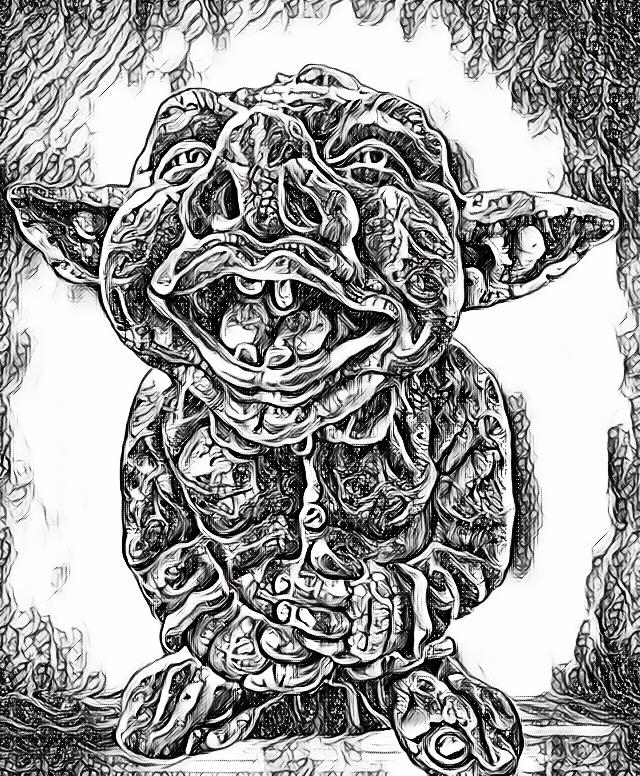In the folklore of England, Northern Europe, and even Ireland, gnomes, also known as goblins or imps, are mischievous creatures known for their playful antics and tricks. These diminutive beings are often depicted as small and somewhat unpleasant-looking, with a penchant for teasing and frightening both people and animals alike.
In Scandinavian folklore, gnomes possess the ability to make themselves invisible, allowing them to evade detection as they engage in their mischievous activities. They are notorious for nipping and pinching unsuspecting individuals in the darkness and delight in playing tricks on the townsfolk.
Despite their penchant for mischief, gnomes are not entirely malevolent creatures. They may take up residence in stables, barns, or the depths of the forest, where they guard hidden treasures stolen or gathered from unsuspecting travelers. In some cases, gnomes may even bestow gifts upon well-behaved children, although they take great pleasure in tricking those who misbehave.
According to European folklore, gnomes possess magical abilities, with some legends suggesting they have control over the elements of fire and water. In medieval illustrations, gnomes are often depicted as elderly figures clad in cloaks with long beards, adding to their mystical and enigmatic aura.
Overall, gnomes occupy a curious space in folklore, simultaneously embodying mischief and magic, with their tales continuing to captivate the imagination of storytellers and folklore enthusiasts alike.
